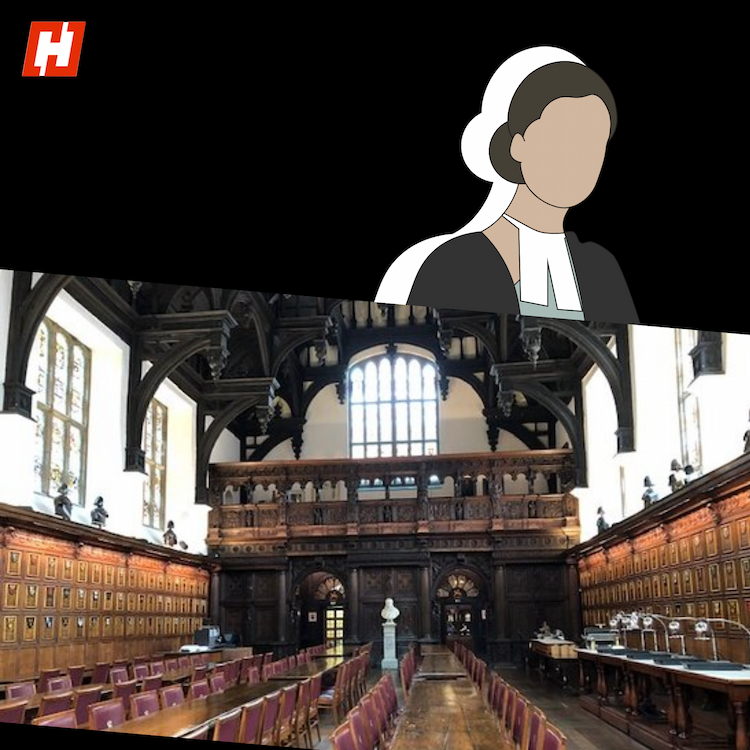A 20,000 sq. metre building in London has triggered a diplomatic row between the UK and China. Once home to the Royal Mint, the site will be transformed into a Chinese “mega embassy”, touted to be the largest in Europe.
China had bought the Royal Mint in 2018 for around $312 million. But the plans have raised concerns. Dissidents from China, Tibet, Hong Kong and Uyghur fear that this diplomatic outpost could double up as an espionage centre and pose a risk to their lives.
It comes in the backdrop of Beijing announcing rewards for information about Hong Kong residents in the United Kingdom.
"Well, apart from the state security risks, but the risks to the dissidents, like myself, who are already suffering the transnational repression from the Chinese government. And UK government is well aware of this, all the dissidents from Hong Kong, from Tibet, from the region where I come from, the Uyghurs, we have all been suffering this for many, many years now," Rahima Mahmut, executive director of 'Stop Uyghur Genocide', told AFP.
The UK has been a popular destination for many asylum seekers, especially for those migrating from Hong Kong -- that was once a British Colony.
China's crackdown on dissidents
Their numbers have increased in the past 5 years, since Bejing began doubling down on dissent in the semi-autonomous Chinese city.
Reuters reported that a dispute over China's plans to build a new embassy next to the Tower of London has significantly strained both nations' relations.
After China announced plans for a 700,000-square-foot embassy, locally elected councillors blocked them in 2022, citing security issues and negative impact on residents.
Beijing resubmitted the application last year, just weeks after Labour returned to power in the UK. President Xi Jinping even called Prime Minister Keir Starmer to expedite the embassy plan.
But Beijing again faced massive resistance, this time from the Chinese dissidents residing in London. They launched a massive protest outside the proposed site in February. Several Conservative MPs also joined the protest.
Some Chinese officials reportedly view the protests as a plot by the British government.
Starmer govt in limbo
US officials had also raised this issue with their UK counterparts.
According to the Times, Washington had warned London that Beijing’s planned embassy near key data centres and several US banks poses a major espionage risk.
A senior US official said it would give Beijing "potential access to sensitive communications."
It's due to the security concerns that UK housing secretary, Angela Rayner, “called in” the embassy application, moving the approvals from local to central government.
As part of the process, Rayner has asked China to un-redact parts of the plans that had been “greyed out” in the application.
The redacted plans submitted include a basement area with rooms of no identifiable use.
In a letter to the Chinese embassy, Rayner pointed to the principle that the public should know what is being proposed before planning permission is granted.
Also read | 1972 Simla Agreement: What does Pak suspension mean for LoC’s sanctity?
She also asked for more details on how the embassy planned to address safety concerns. This would require a further consultation, which could delay the final decision.
So far, the Chinese embassy, based in London’s Portland Place since the 1870s, has said it has no plans to alter the designs for its new headquarters.
Also read | Lessons from Hiroshima and Nagasaki bombings as world on brink of nuclear war again
Notably, in a tit-for-tat move, China has blocked a UK request to rebuild its embassy in Beijing.
A decision is due by 9 September.





